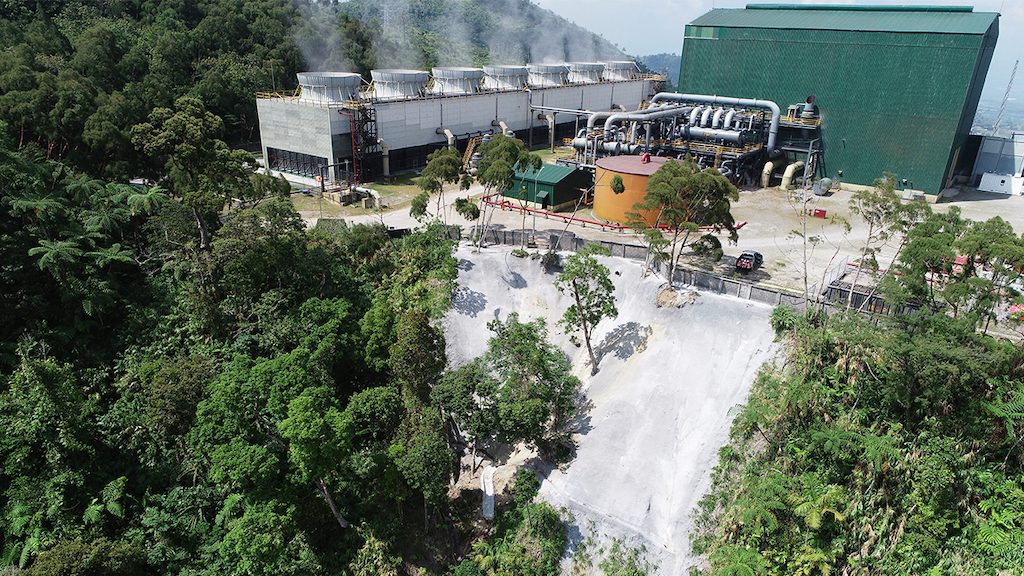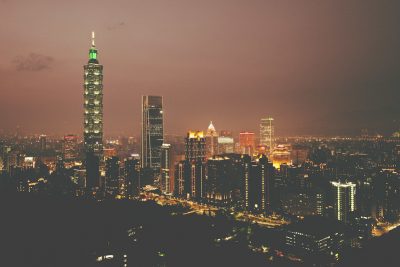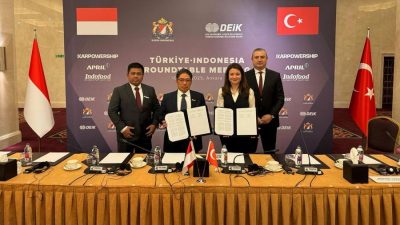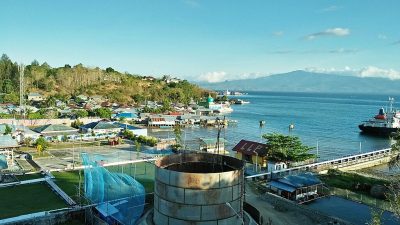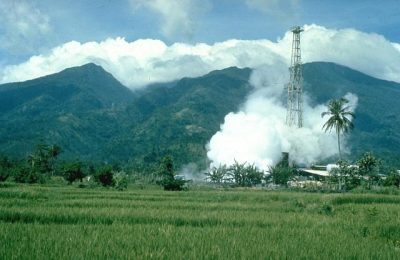Geothermal in the Philippines – an urgent revamp of targets and development needed
The Philippines keeps dropping in renewable energy deployment despite ambitious targets. Targets, strategy and approach to foster development is needed, particularly for a key resource in the country - geothermal energy.
With climate change being a direct threat to the population of the Philippines, think hurricanes etc, particularly the densely populated Manila capital area of the country could be hit the hardest.
So with that luring high risk of natural disasters, such as earthquakes, floods and hurricanes, there have been a number of organisations and experts who are preaching powering a greener future through cleaner sources of energy.
As the effects of climate change are clearly visible around the world, including the Philippines, a cleaner source of power is very much coveted. Another energy source that has the potential to make a difference in the Philippines is geothermal. Southeast Asia is home to 25 percent of the world’s geothermal generation capacity. Most, if not all of this geothermal capacity is located in the Philippines and Indonesia.
Geothermal energy is a form of renewable energy produced by heat from the earth. It is considerably safer than most other energy sources. Unlike fossil fuel plants, geothermal power does not produce greenhouse gases (GHG) that are harmful to the environment.
The Philippines is one of the world’s top producers of geothermal power, as it is located along the Ring of Fire zone of Pacific volcanoes. However, in 2018, the country dropped in the global rankings for geothermal countries, just behind Indonesia. This prompted the Philippines to consider revamping its geothermal development again.
In June 2018, the country launched a new string of exploration surveys, which is an addition to roughly 10 contracts with power companies on geothermal exploration, according to Think GeoEnergy, a geothermal news and research site.
The Philippines currently has seven geothermal fields which supply about 12 percent of the nation’s energy, with a long-term plan to nearly double capacity by 2040.
Targeting geothermal, the Philippines Department of Energy has set targets for geothermal power generation capacity additions … short term 183 MW (2016-2020), 900 MW in the medium-term (2021 to 2025), and 288 MW in the long-term (2026 to 2030). The total objective to be reached by 2030 is 1,371 MW in added capacity (correlating with a total installed capacity of around 3,200 MW). With that the Philippines would reach a level that comes somewhat close to the current top 1 country, the United States that has today an installed of around 3,676 MW. With ambitious development plans elsewhere, the Philippines would though find it hard to remain in its no. 3 position it holds today.
However, despite the potential of geothermal resources in the Philippines, there are still a number of factors contributing to a decline in investments: unattractive incentives package compared to other countries, a privatised energy sector, tedious permitting processes and a lack of potential investors who are willing to take the risk. Although geothermal energy is theoretically free, finding the resource is an expensive enterprise, with exploration wells costing up to US$8 million each with no guarantee of success.
Geothermal trailblazer and leading renewable energy company, Energy Development Corporation (EDC) believes that geothermal is the key to establishing a stable energy baseload suited to the constant yet dynamic power needs of the Philippines’ developing economy. Perhaps, geothermal might be the answer to the Philippines’ goal of cutting carbon emissions by 70 percent by 2030.
In reports from this week, its seems the outlook is though not as bright with a new low in renewable power generation only 21% in 2019.
With that the National Renewable Energy Board is looking at a review of its renewable energy program. The country is way behind its 15,000 MW by 2030 target. With around 35% of the energy mix in 2008 when the renewable energy legislation was passed, it gradually decreased to 25.6% in 2014, 24.2% in 2016 and now to 21%.
The overall renewable energy power generation capacity stood at 5,438 MW in 2010 (with about 35% represented by geothermal) with a target of 15,000 MW by 2030. So proposals are made to increase the target to 20,000 MW to realistically reach the set energy mix targets.
With a focus on mostly solar capacity (15,000 MW), wind 3,000 MW, hydro 1,000 MW, geothermal (and biomass) would see an increase of only 500 MW each. This is naturally far off from the targets initially set by the Department of Energy in the Philippines.
So industry expectations and the now rather old and outdated targets need to be revisited.
Source: Asean Post via EDC, Manila Standard
